
Generic goes upscale
Private-label groceries aren’t necessarily a less nutritious, less tasty version of the products we’ve come to know and love through advertising. As stores have continued to roll out their own labels (Costco’s Kirkland Signature, for instance), including organic and gourmet items, shoppers have taken notice. But are they always a bargain? We consulted food and nutrition pros about when they won’t deviate from a favourite brand, and why.
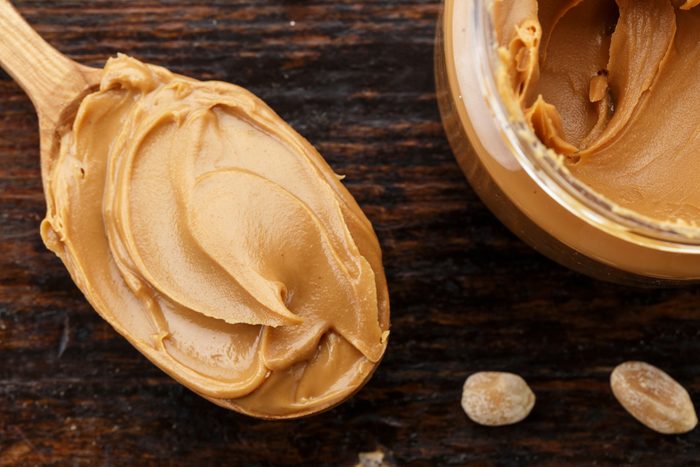
Peanut butter
“For the most part, generic food brands are equally nutritious and lower in cost,” says registered dietitian Jennifer McDaniel, owner of McDaniel Nutrition in St. Louis, MO. But certain products can vary widely in their specific ingredients, which is why it’s vital to read nutrition labels carefully. Case in point: “Some generic peanut butters have unhealthy, unnecessary additives such as added sugars or extra fat from non-sustainable resources like palm oil,” she says.
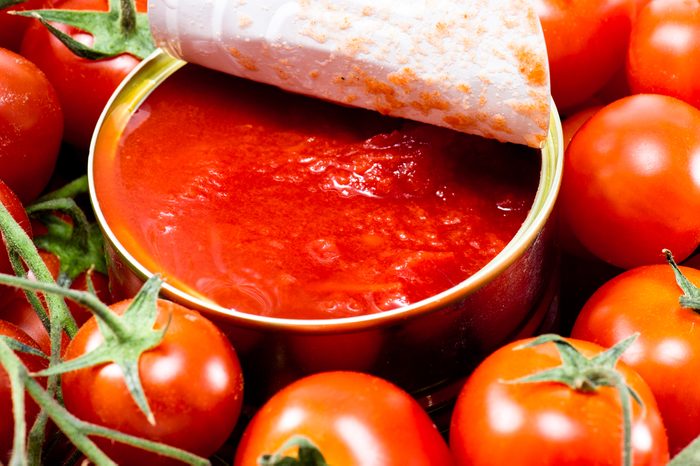
Tomato sauce
“Products like pasta sauce, marinara sauce, or plain tomato sauces that use high-quality tomatoes and spices with good olive oil tend to taste better and require less added sugar and sodium,” says McDaniel. Store-brand versions might be better suited for recipes that call for smaller amounts of tomato sauce, such as stews and soups. (Related: These soups are sure to bring comfort during the chilly months.)
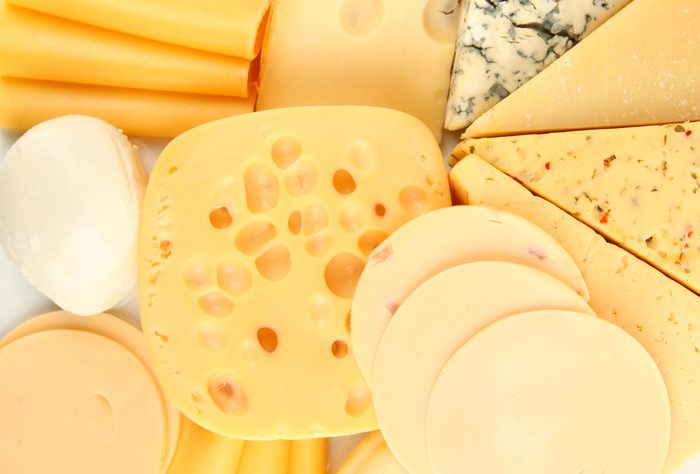
Cheese
Very often, generic or cheaper cheese tends to have more additives and fillers that aren’t necessary, says McDaniel. Plus, they tend to score lower than brand-name fromage on taste tests and overall, don’t save you that much anyway.
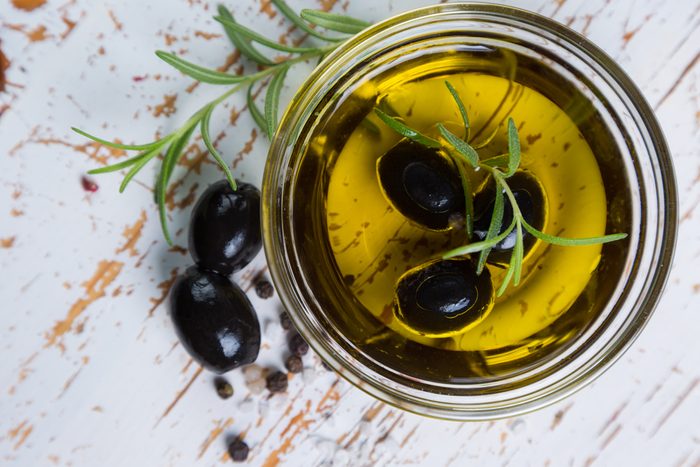
Olive oil
This Mediterranean diet staple is one of the most frequently tampered-with foods, often cut with other oils including hazelnut, which can trigger reactions in people with nut allergies. Buying brand name is no guarantee of purity. One thing that helps, says McDaniel: Look for the IOC International Olive Oil Council seal on your olive oil; buy oils in dark bottles, which protects it from oxidation; and look for a harvest date on the label (most mass-produced oils won’t have one).

Breakfast cereal
Something like mixed nuts doesn’t have a lot of ingredients — maybe nuts, sea salt, and one or two more things. So you probably won’t find a ton of variation between brands, says registered dietitian Keri Gans, author of The Small Change Diet. Breakfast cereals, on the other hand, can have ingredients lists several inches long. “I’d be looking closely at how much added sugar is in it? How much fibre?” she says. (Related: Here are some quick and easy breakfast ideas that are super healthy.)

Eggs
One carton may look like any other, but all eggs are not created equal, says Gans. It all depends on what the chickens that laid them have been fed. Her personal brand of choice, Eggland’s Best, has six times more vitamin D than other brands, and less saturated fat.
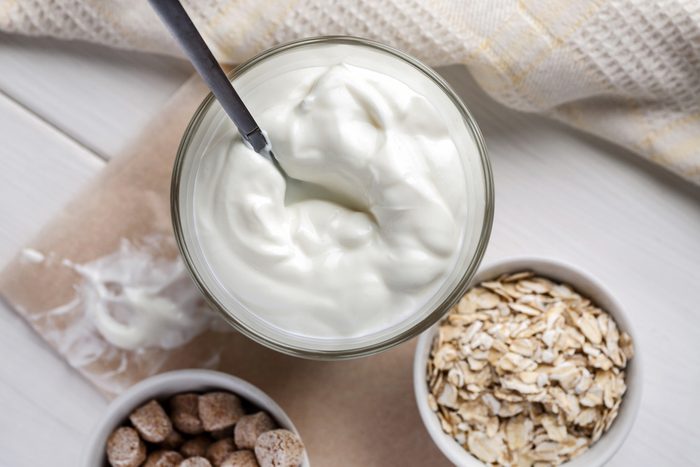
Yogurt
There are so many brand-name yogurts on the market that just choosing among those can be difficult. “It’s usually a matter of taste,” says Gans. Shoppers will gravitate toward whatever has the texture and flavour they most prefer. Some generic brands sneak in extra sugar or other additives, as well, so it’s best to check the label. (Related: Replace yogurt with this creamy avocado parfait.)
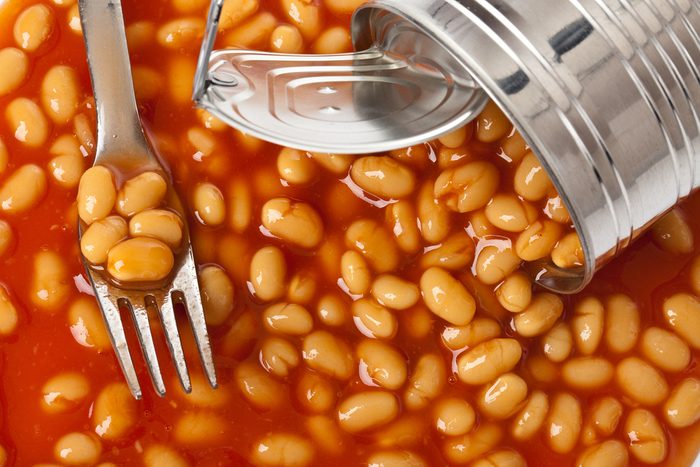
Canned beans
Take it from a professional chef: While you won’t find much taste variation among canned beans or chickpeas, there is another good reason to stick with a known brand, according to Frank Proto, chef instructor at the Institute of Culinary Education. “They hold up better in recipes,” he says. “Whenever I can, I go with Goya. Store brands tend to be a little overcooked.”(Related: Check out these nutritious canned bean recipes.)
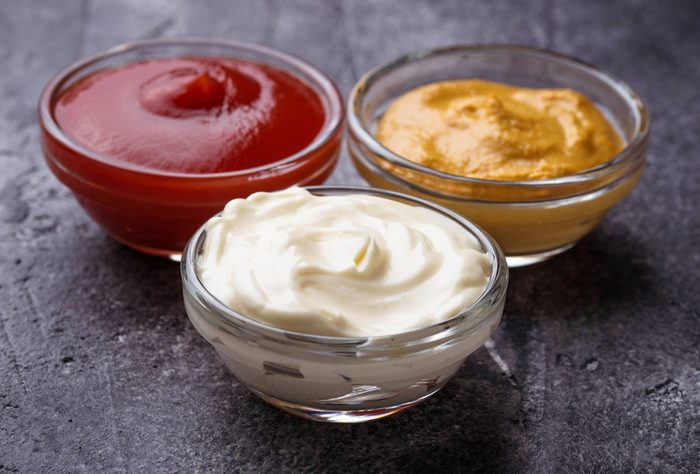
Condiments
“I find that a lot of the name brands have just a little better quality,” says Proto. “It’s worth the few pennies more you pay.” Anything neutral, like white vinegar, I buy the store brand,” he says. But for flavours that will star in a dish, like sherry or red wine vinegar, he goes with a known name.

Butter
Proto uses the same reasoning for the types of butter he buys. He says he’ll use store-brand butter for baking because, in a brownie, no one can tell the difference. But for spreading on dinner rolls, he likes the Kerrygold brand, which he says has a little more flavour and a richer colour.

Soup
While she is a fan of most generic products, registered dietitian Laura Cipullo, owner of Laura Cipullo Whole Nutrition and Yoga in New York City, was surprised to find that the options in her Whole Foods refrigerated “grab and go” section, including Italian Wedding soup and Thai noodle soup, had a long list of non-whole food ingredients on the label. “I want my money to be spent on whole food ingredients, not added starches or words that my children cannot identify,” she says. (Related: Here are some other prepared meals nutritionists avoid at the grocery store.)

Coffee
Packaged coffee is one of the top seven most commonly adulterated foods, according to research published in the Journal of Food Science. It’s often imported, and producers may bulk up the ground beans with cheaper fillers such as soybeans, corn, even twigs. Plus, java drinkers often report that name-brand coffees taste better. If you do buy a store brand, go for whole bean to reduce the risk that it has been compromised.

Ice cream
If you’re going to indulge in ice cream, you might as well get the creamiest kind, like the premium albeit pricier brands like Ben & Jerry’s and Häagen-Dazs. The reason these name brands taste so much better than generic ice cream is due to an industry practice called overrun. According to the International Dairy Foods Association, overrun is the amount of air pumped into ice cream that “keeps the mixture from becoming an inedible frozen mass.” Generic brands meet the federal standards for overrunning (“the finished product must not weigh less than 4.5 pounds per gallon”) and have a light, airy texture. Premium and “super-premium” ice cream has low overrun, a denser texture, and higher quality ingredients.
Next: Nutritionists reveal their top healthy-eating secrets.
